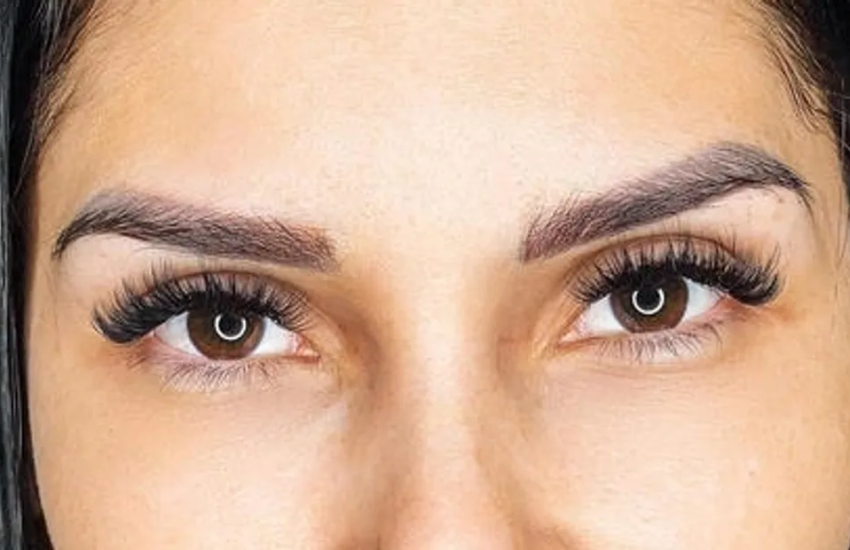Comprehensive Overview of Yellow Laser Treatment: Benefits, Procedure, and Results
Yellow laser treatment is emerging as a favoured option for various skin conditions due to its precision and effectiveness. It targets specific tissues without causing significant damage to surrounding areas, leading to faster recovery times. Patients can expect noticeable improvements in issues like vascular lesions, acne, and skin rejuvenation.
The procedure is straightforward and typically requires minimal downtime. A trained dermatologist uses the yellow laser to focus on problem areas, breaking down imperfections while promoting collagen production. This dual action not only treats the immediate issue but also enhances overall skin health.
Results from yellow laser treatments are often visible after a few sessions, with many individuals reporting lasting improvements. The treatment’s combination of efficacy and safety makes it an appealing choice for those seeking advanced skincare solutions.
Understanding Yellow Laser Technology
Yellow laser technology is a modern advancement in dermatological treatments. Utilising yellow light, specifically around the 577 nm wavelength, it provides targeted solutions for various skin conditions with minimal side effects.
Fundamentals of Yellow Laser
Yellow lasers operate at a wavelength of 577 nm, optimal for targeting blood vessels without harming surrounding tissues. The Pro Yellow Laser and Dual Yellow Laser are notable for their precision. This wavelength is absorbed by hemoglobin in red blood cells, making it effective for vascular lesions and other conditions. Yellow light also reduces inflammation and bacterial activity, beneficial for acne and acne scars.
Detailed studies have shown that yellow laser treatments can effectively treat a range of skin concerns such as redness, spider veins, and unsightly veins. The safety profile is especially significant for those with sensitive skin and darker skin types.
Indications and Suitability
Yellow lasers are versatile, addressing multiple dermatological issues. Conditions like rosacea, telangiectasia, and pigmentation problems such as sun spots, freckles, and age spots respond well. It also targets underlying blood vessels, facial veins, and dilated blood vessels. Individuals with specific issues like post-inflammatory hyperpigmentation or melasma may find this treatment advantageous.
Vascular conditions, including cherry angioma and port wine stains, show visible improvement with yellow light therapy. Sensitive skin types tolerant to other laser treatments may find fewer side effects with yellow lasers. The treatment is suitable for reducing wrinkles, fine lines, and signs of aging due to its efficacy in stimulating collagen production.
Clinical Evidence and Studies
Clinical evidence supports the use of yellow lasers in dermatology. Research indicates high efficacy in reducing skin redness, couperosis, and telangiectasias. Studies comparing yellow lasers to other wavelengths indicate fewer side effects for conditions such as eczema and pigmentation issues.
Patients treated for vascular lesions report significant visual improvements, while studies on acne treatment highlight the reduction in bacteria and subsequent inflammation. Dermatological records consistently show better results for pigmentation and vascular disorders when using yellow lasers, compared to green or other wavelengths. This comprehensive research underpins its growing popularity and trust within medical circles.
The Yellow Laser Experience
The Yellow Laser treatment is known for its minimal downtime, quick recovery, and effectiveness in treating various skin issues. Patients generally experience immediate effects and continued improvements over time.
Pre-Treatment Consultation and Planning
Before undergoing Yellow Laser treatment, a consultation at a reputable laser clinic is crucial. The dermatologist or clinician will conduct a thorough diagnosis of the skin condition and identify specific needs. This often includes assessing skin type, particularly looking at darker skin types which may have specific concerns.
A treatment plan is then customised, considering factors such as safety profile and comfort. Patients should discuss potential side effects like mild redness or discomfort to set realistic expectations. Understanding these elements ensures a smooth and effective treatment process.
Procedure Steps
Upon arrival at the clinic, the patient undergoes pre-treatment preparations which may include cleansing the skin and applying a topical numbing cream to reduce pain. The procedure itself involves the Yellow Laser being directed onto the skin using specific treatment parameters.
Each session generally lasts 20-30 minutes, depending on the treatment area. The laser targets conditions like post-acne redness and aims to enhance skin brightening and glow. Immediate effects can be noticeable, but continued improvements are expected with regular maintenance treatments.
Post-Treatment Recovery and Maintenance
Post-treatment care is vital for achieving the best results. Patients may experience mild redness and discomfort, similar to a mild sunburn, which usually subsides within a few hours. Applying a soothing cream and avoiding direct sunlight are recommended.
There’s generally minimal downtime, allowing most patients to resume their daily activities promptly. To maintain results, follow-up maintenance treatments every few months may be necessary. These help sustain the glass skin effect and address any recurring skin issues.
Potential Side Effects and Complications
While the Yellow Laser is known for its safety profile, potential side effects can occur. Common issues include mild redness, burns, or blisters, especially in individuals with sensitive skin types. In rare cases, red spots and temporary skin darkening may arise.
It’s important for patients to communicate any previous skin sensitivities to their clinician during the consultation. Adhering to post-treatment care instructions reduces the risk of complications. This makes the experience more comfortable and ensures the desired outcomes are achieved without significant adverse effects.




